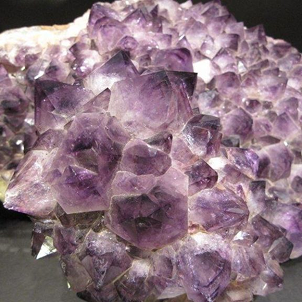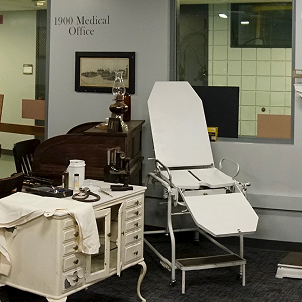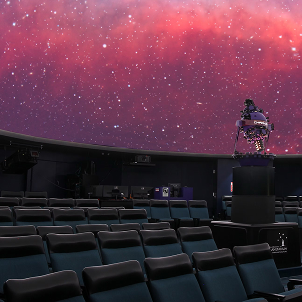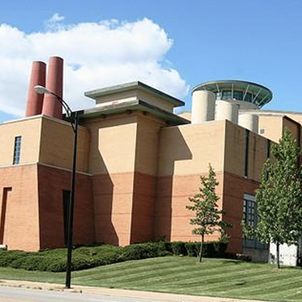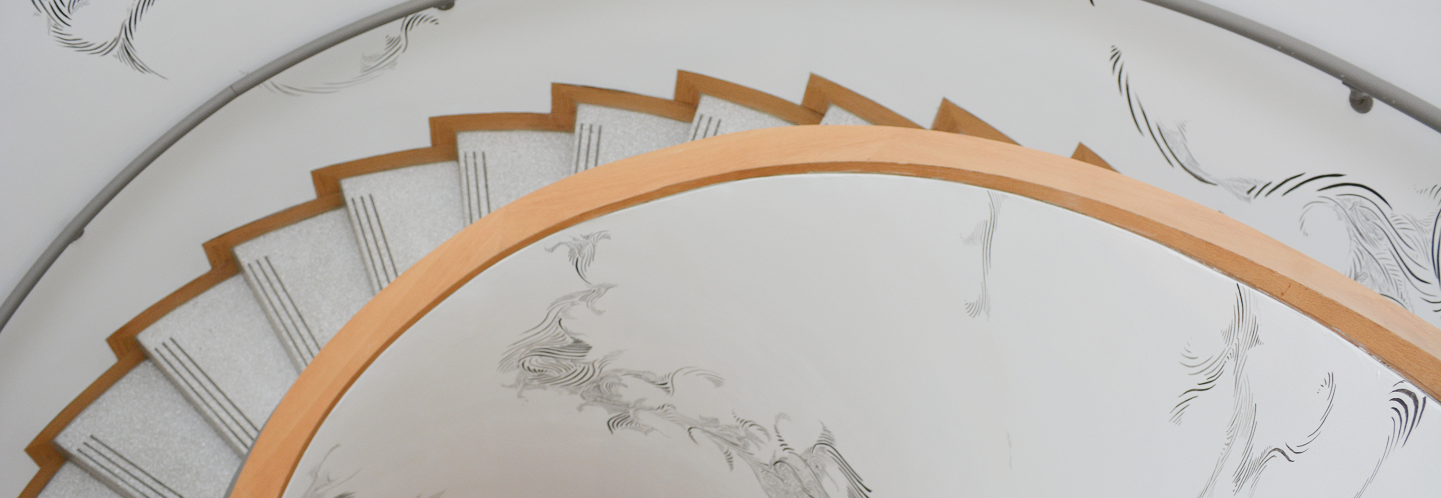
Cultural Resources on Campus
Cultural resources on campus
In addition to the McDonough Museum of Art, Youngstown State has a wealth of cultural resources available on campus, including the Clarence R. Smith Mineral Museum, The Rose Melnick Medical Museum, the Ward Beecher Planetarium, and the Youngstown Historical Center for Industry and Labor. Most of these resources not only serve the campus community but also the broader region and local educational institutions.
